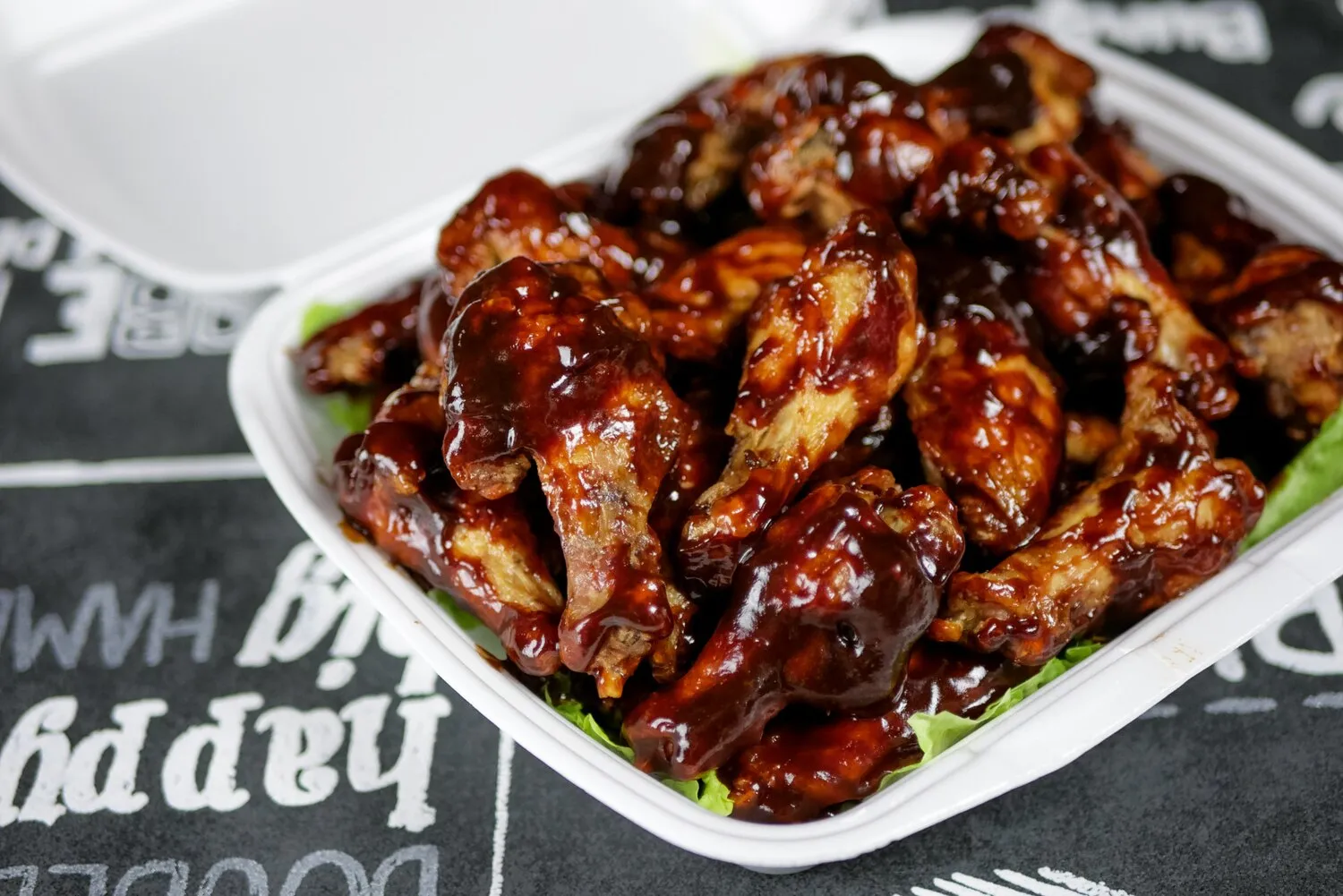
Cheese and Charcuterie Boards
Many reviews mention enjoying the cheese and charcuterie boards as accompaniment to the cocktails. These boards offer a selection of local cheeses and cured meats.
Nutrition Facts
* The % Daily Value (DV) tells you how much a nutrient in a serving of food contributes to a daily diet. 2,000 calories a day is used for general nutrition advice.
The concept of pairing cheese and cured meats has deep historical roots in various European cultures. Preservation techniques like curing and aging were essential before refrigeration. Farmers and artisans developed methods to preserve meat and dairy, resulting in a natural pairing born out of practicality and regional specialties. The Roman empire had a big influence on cheese and charcuterie traditions throughout Europe, especially in countries such as Italy, Spain, France and Great Britain. These foods were important for feeding soldiers and civilians during times of peace and war. Over time, regional variations and culinary traditions evolved, leading to the modern charcuterie board.
Cheese and charcuterie boards are deeply intertwined with the culture of sharing and socializing, often serving as a centerpiece for gatherings and celebrations.
Social Gathering
Charcuterie boards encourage sharing and conversation, making them perfect for parties, appetizers, or casual meals. The diverse selection allows guests to customize their own combinations and explore different flavors together.
Regional Specialties
The specific cheeses and meats included often reflect the regional culinary traditions of the area. Serving local products showcases the terroir and supports local producers. This highlights the rich culinary heritage and unique ingredients of a particular region.
Wine and Beverage Pairing
Cheese and charcuterie boards are often paired with wine, beer, or cocktails to enhance the flavors and create a more complete culinary experience. The specific pairings depend on the cheeses and meats chosen, but the goal is to find complementary flavors that balance each other.
The flavors in a cheese and charcuterie board are diverse and depend heavily on the specific selections. However, there is usually a combination of salt, fat, acid, and texture that create a unique experience.
The board boasts a wide range of flavors depending on the specific cheeses and meats included. Cheeses can range from mild and creamy (brie, mozzarella) to sharp and pungent (aged cheddar, blue cheese). Cured meats offer salty, savory, and sometimes spicy profiles (prosciutto, salami, chorizo). Pickled items like cornichons or olives provide acidity to cut through the richness, while fruits and nuts add sweetness and textural contrast. Jams and mustards can introduce additional layers of sweet, savory, and spicy notes.
Variety is Key
Include a variety of cheeses (different textures, milk types, and flavors), cured meats (different cuts, spices, and curing methods), and accompaniments (fruits, nuts, pickles, jams, mustards) to cater to different tastes and preferences. Aim for a mix of hard, soft, and semi-soft cheeses.
Presentation Matters
Arrange the items on the board in an aesthetically pleasing way. Consider color, texture, and height. Use small bowls or ramekins for dips, jams, and olives. Cut cheeses into different shapes and sizes to add visual interest. Separate strong-smelling items to prevent flavor contamination.
Consider the Season
Incorporate seasonal fruits, vegetables, and herbs to add freshness and vibrancy to the board. For example, use berries in the summer, figs in the fall, and citrus fruits in the winter. Seasonal choices often offer the best flavor and quality.
Pairings Enhance the Experience
Think about the flavor profiles of the cheeses and meats and choose accompaniments that complement them. Sweet jams pair well with salty meats, while tangy pickles cut through the richness of creamy cheeses. Offer a selection of crackers, baguette slices, or crostini for serving.
Explore additional Appetizers dishes and restaurants
Explore AppetizersDiscover top dining spots and culinary experiences in Bordeaux.
Explore BordeauxLearn more about the food culture, restaurant scene, and culinary heritage of France.
Explore France